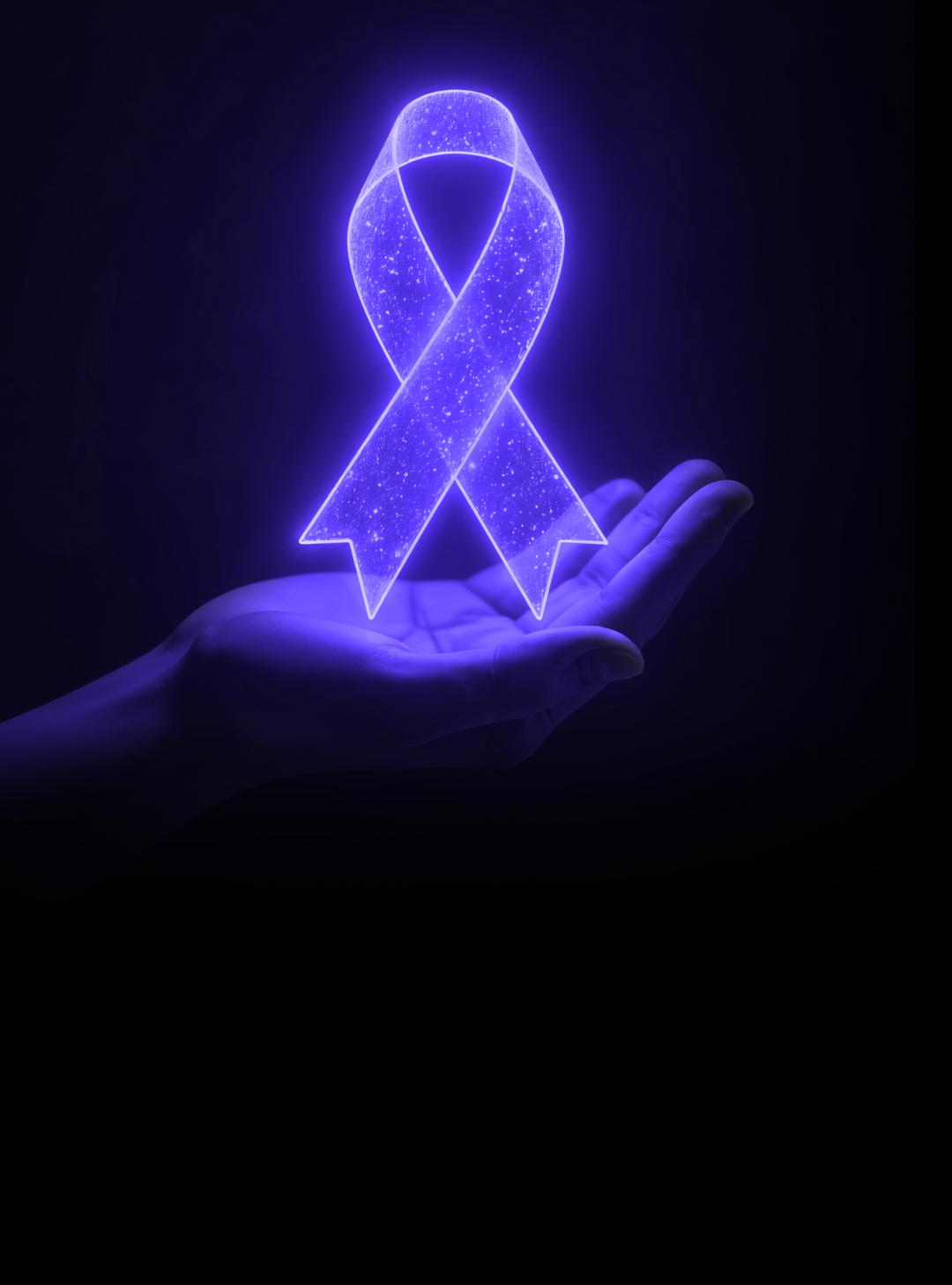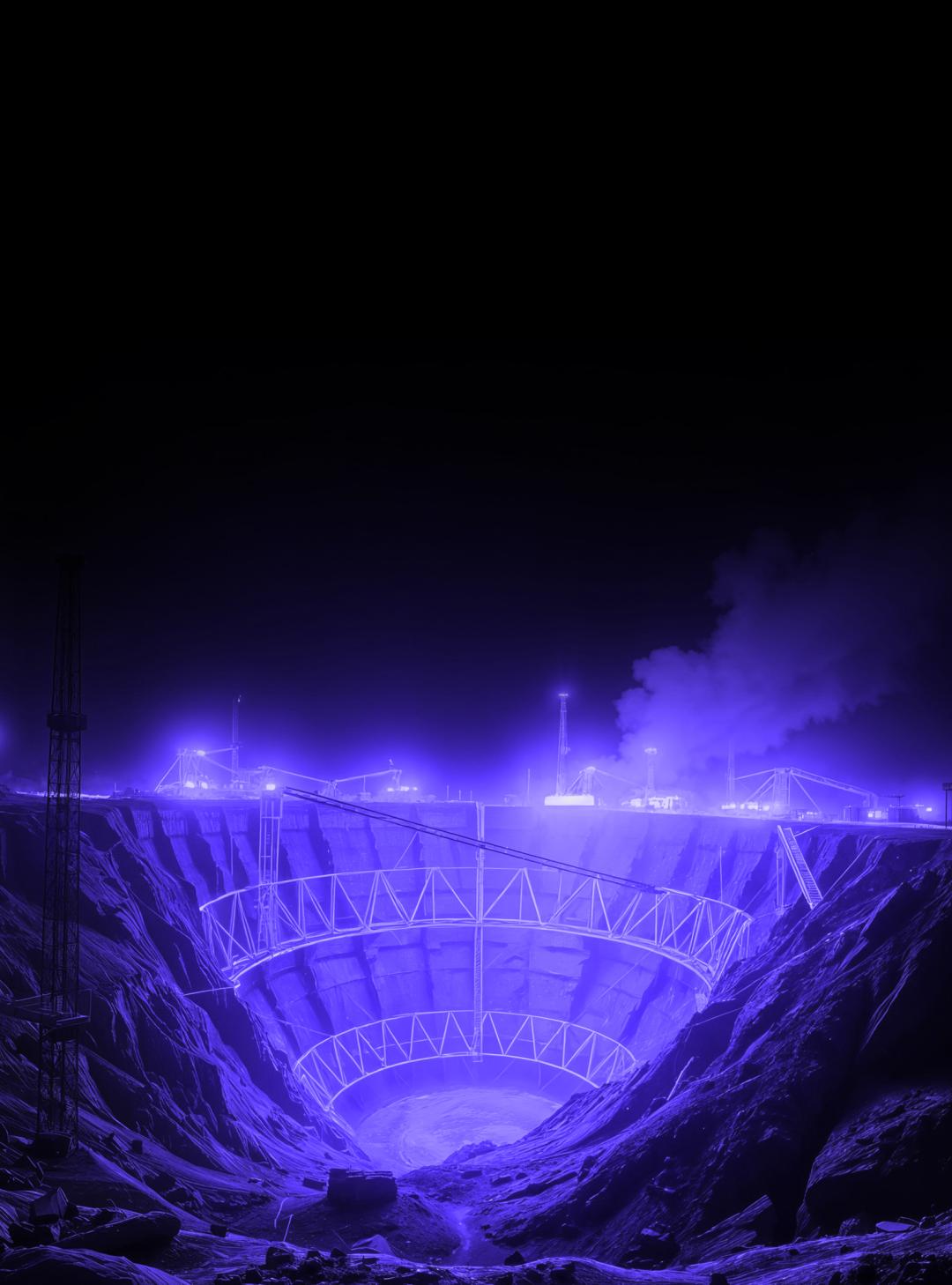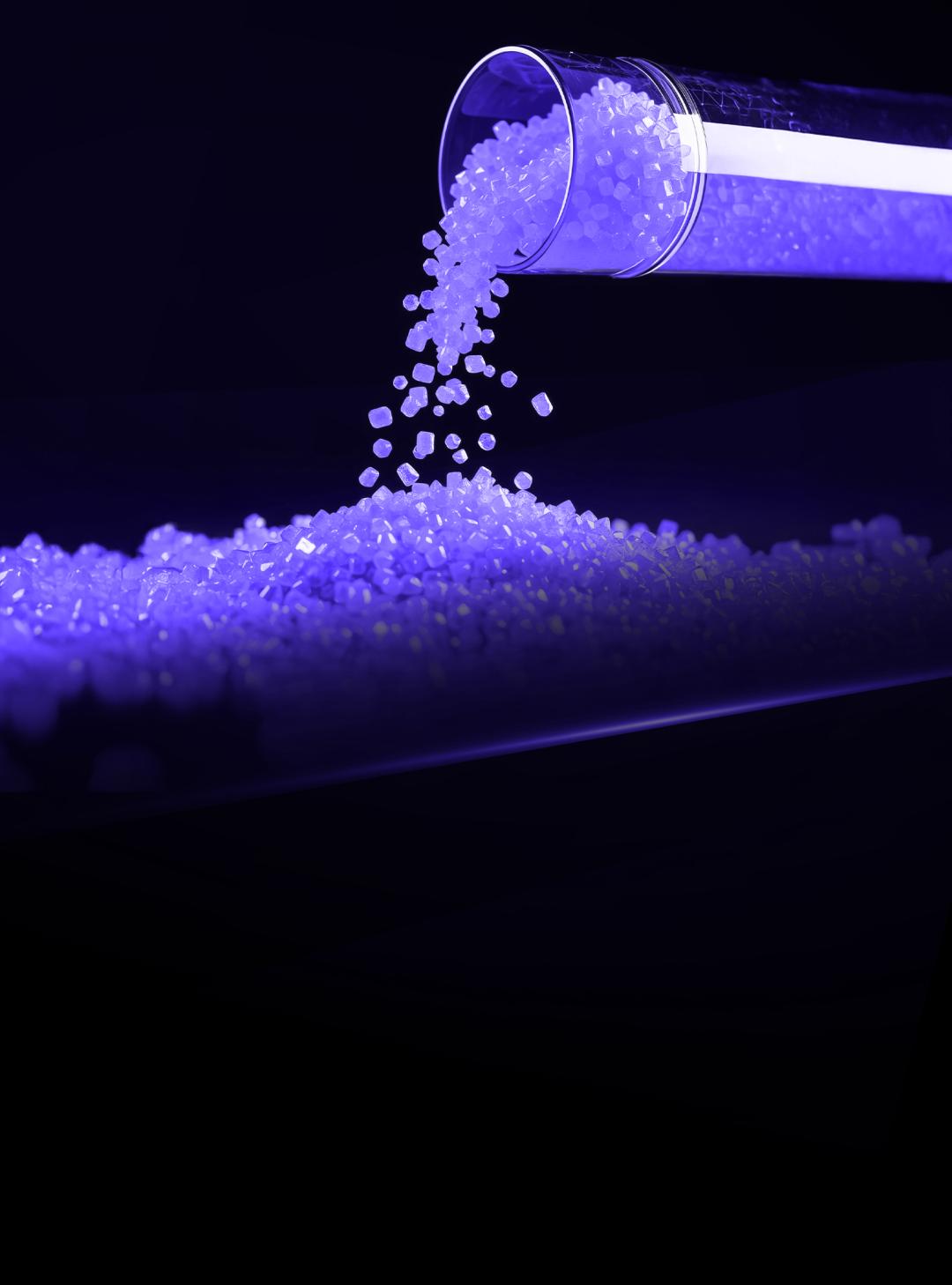
Empowering healthcare organizations to enhance patient outcomes, drive efficiency, and embrace digital transformation.
Stay up-to-date with our latest insights as we continuously embrace change and deliver value globally.
An inside Look At Our
Custom Insights








Competition benchmarking
Go to Market Strategies
Pricing analysis
Business Planning

Competition benchmarking of 24 Cements Plants in UAE

Operational Viability to setup a Cancer Care Center in UP

Directory and End User Requirement of Arsenic Producers and Consumers in Peru

GTM Strategy of High Performance Polymer Compound in India
Access top reports trusted by Fortune 2000 leaders, delivering actionable insights with proven impact.
What Our Clients Say About Us
“Ken Research's comprehensive data and accurate forecasts have been invaluable for our strategic planning in the Indonesian logistics market. Their well-structured insights on trends, growth opportunities, and challenges gave us the confidence to expand and invest wisely. We look forward to future collaborations.”
“Ken Research’s presentation on the Indian PVC-O market delivered critical insights on trends, growth drivers, and competition. Their meticulous analysis and projections provided a clear roadmap for our strategic decisions. Truly a benchmark in market research.”
Discover all of Ken's Services aimed at propelling your business forward
Consulting
Leverage our expertise to develop data-driven strategies, optimize operations, and uncover growth opportunities tailored to your business needs.
Survey
Gain valuable market intelligence through bespoke surveys designed to capture critical data and deliver actionable insights for your strategic decisions.
Procurement
Enhance procurement processes with data-backed insights, supplier analysis, and market intelligence to drive efficiency and value.
Connect With Us
If you still have more questions, please Contact us directly 012-711-5555 (Give us 8 working hours to respond back). Our awesome support team will get back to you.
We provide insights on medical devices, pharmaceuticals, healthcare IT, telemedicine, and patient care trends. Get In Touch
We cover hospitals, pharmaceuticals, medical equipment, digital health, and biotech innovations. Explore All
Yes, we offer custom research for clinical trials, market access strategies, and healthcare innovations. Talk to an Expert
Yes, sample reports are available to ensure our research meets your needs. Get in Touch
Yes, our analysts are available for support and guidance. Connect With Us